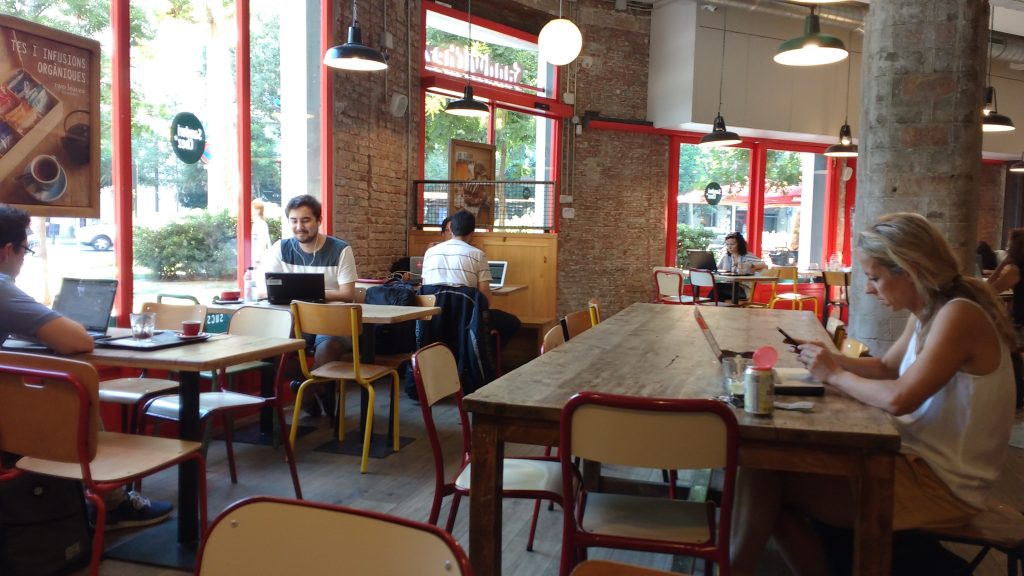There is a huge diversity of workspaces, of which coworking is just one type. It can be said that coworking spaces have actually resulted from mixing many types of spaces that already existed. From that point of view, we could say that each coworking space is a unique mixture of different models of workplace.
Mixture and clarity are not contradictory ideas
From the perspective of the founders and/or managers of coworking spaces, this mixture should not cause any confusion and if it does it is probably because the objectives for the space you want to found or manage are not clear. As long as there are clear objectives, everything you do will aim at them.
Your underlying values and the type of culture you want to create should also be clear, as should also clear image of your coworkers, to whom you will offer adapted services. With this clarity as a backdrop, it is positive not only to know about the variety of existing spaces but also to be open to mix these different models of organisation of work. I will later on write a post on ways to help you clarify these objectives.
Furthermore, to be open to this combination makes part of a double strategy that helps you and your workplace to stay strong when facing the big coworking and real estate companies. This strategy entails a) connecting with what happens locally either at the level of the neighbourhood or at the level of the local economic players, and b) taking care of both people and projects. There are indeed many ways to accomplish this.
Models of places where people go to get work done
In this post, I offer an overview of different types of workspaces that already exist, and where independent workers -self-employed, freelancers- go to be productive. I draw on my own observations, and on the analysis in “Making Space for Others“, and in “Coworking. A transdiciplinary overview“. Bear in mind that as much as they may seem unconnected to the idea we have of coworking spaces, they are in fact closely related to the phenomenon.
For example, coworking blends characteristics of domestic spaces (work or chill-out areas that look and feel like living rooms) with elements of coffee shops (the presence of others, the background sound of interactions and ambient music, the possibility to buy/consume food and drinks), and incubators (in the case of facilitating the support from businesses to individuals or small groups who have business ideas).

Sandwichez in Barcelona
The following infographic is a summary that could be expanded further. The spaces are organised according to the level of isolation or connection experienced (this focuses on the workers), and according to the level of collaboration (and this focuses on projects). This distinction is interesting because it implies that proximity to other people does not necessarily imply collaboration, as illustrated by what happens in coffee shops for instance: you are surrounded by people who are working like you, but with whom you do not interact, let alone collaborate -if we agree that asking to the person seated next to you to watch your computer while you go to the bathroom could barely count as collaboration.
It is also what happens in many coworking spaces: you work side by side to other people, but you don’t necessarily collaborate – it is the distinction between “good neighbours” and “good partners” made in the much cited paper “Working Alone Together“.
Note: Don’t mind the size of the letters (for now). I will most probably continue developing this further…

Further classification criteria could be added, such as the degree of connection between the inside and outside of the workspaces, or the degree to which interactions are mediated or cured by a third party or left to serendipity.
It would be interesting to have another infographic, this time on the different types of coworking spaces according, for instance, to whether they are more cooperative or more corporate, or according to the degree of support that the self-employed and their projects receive in those spaces, among others possible criteria.
What do you think? Would you have classified the work environments differently?